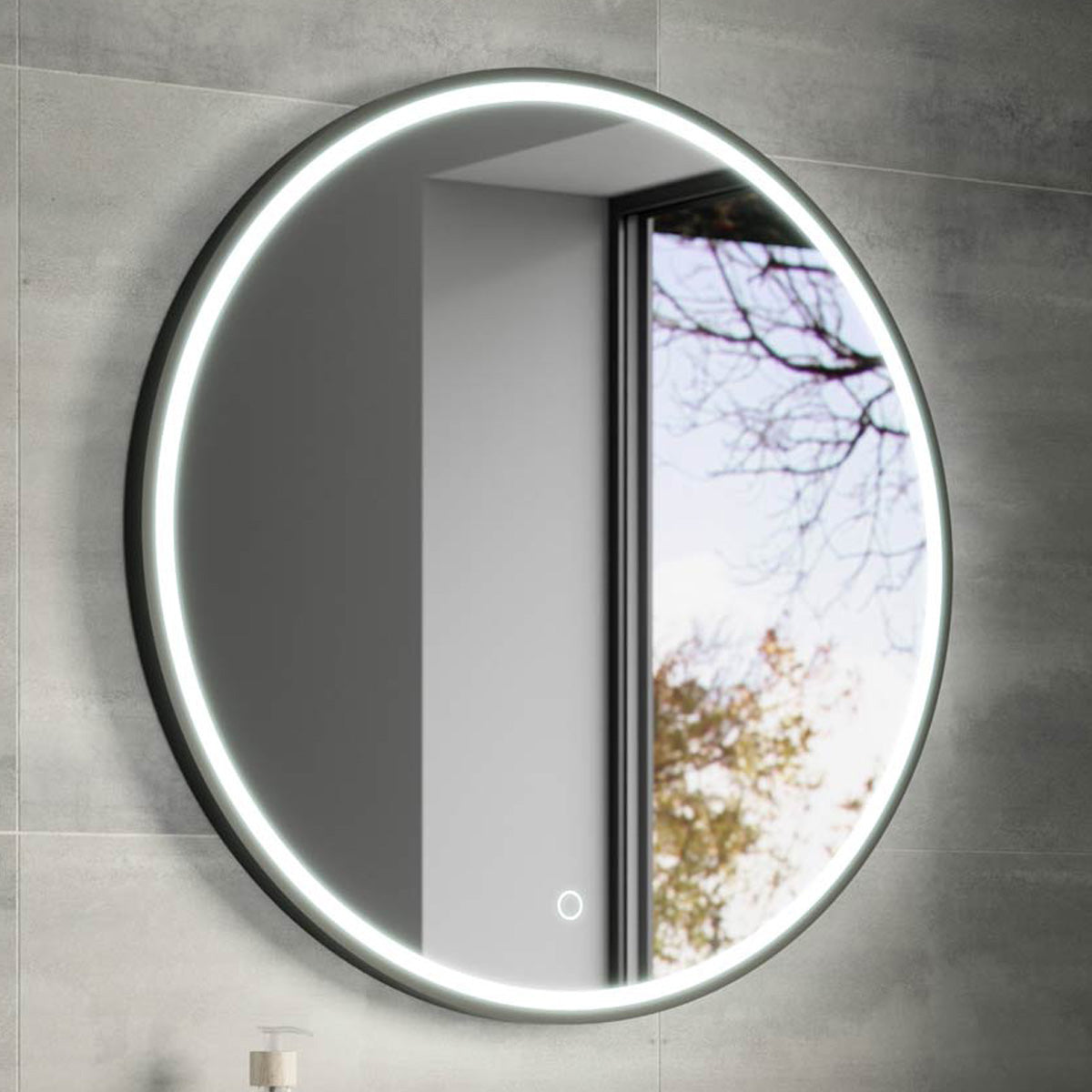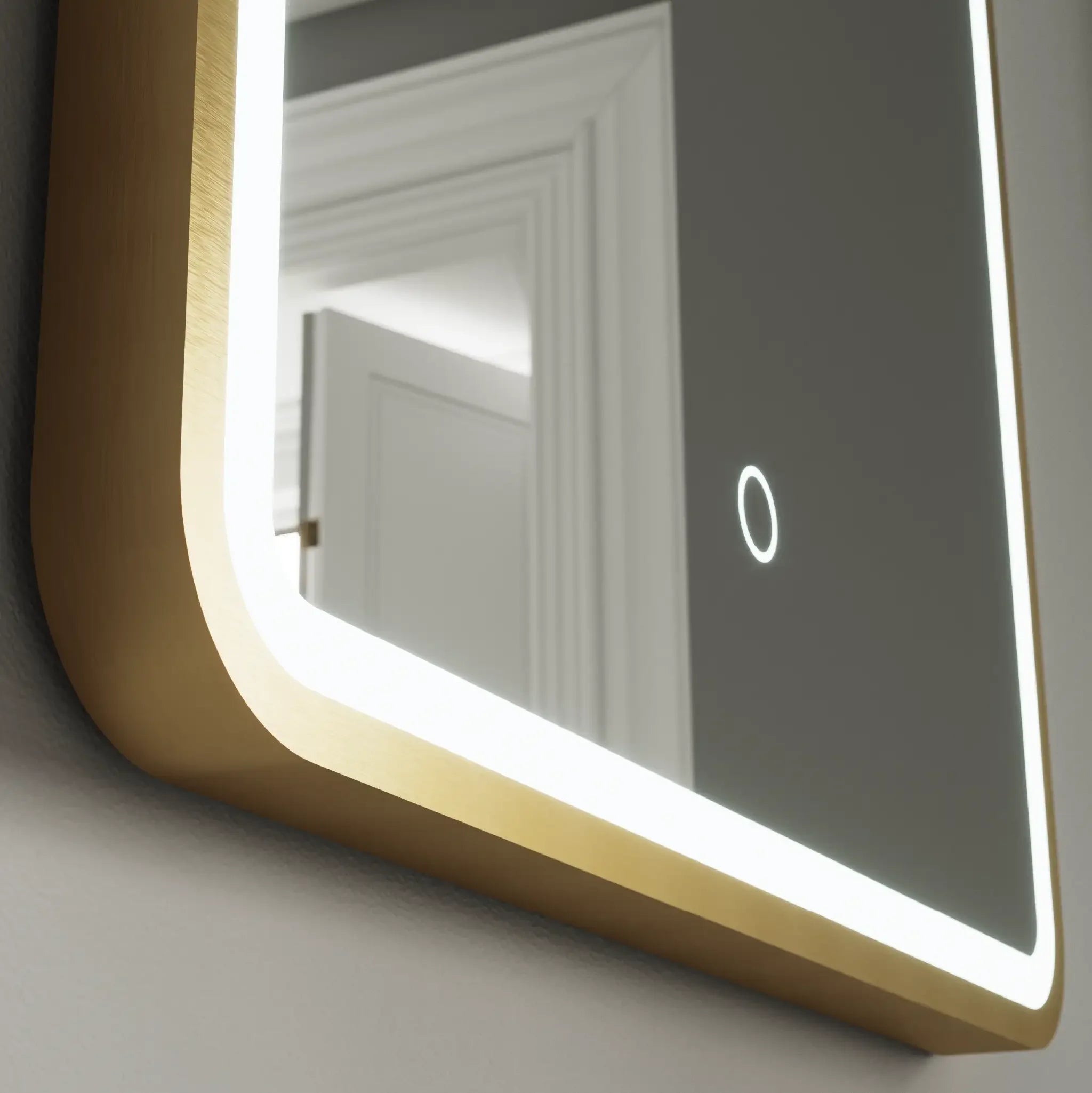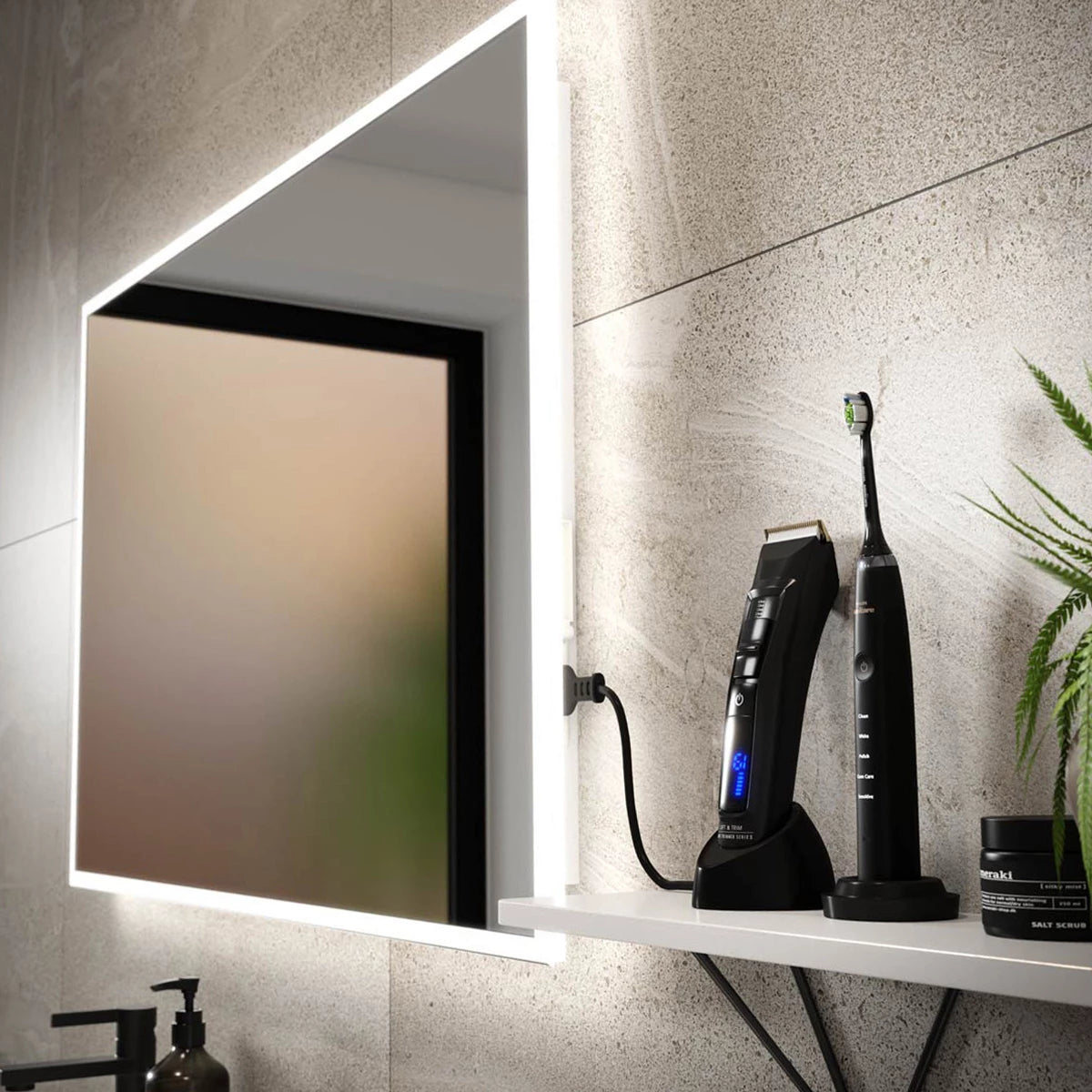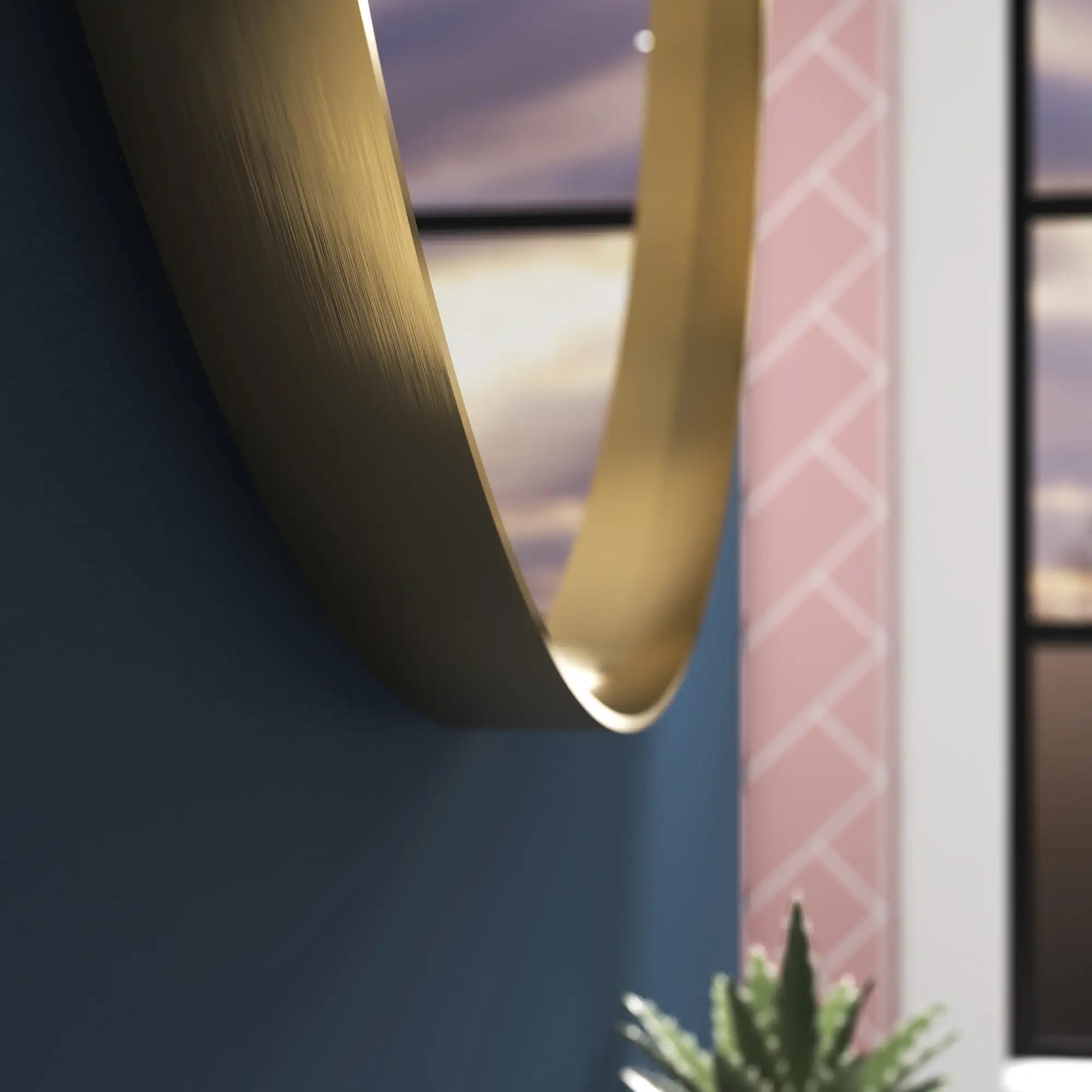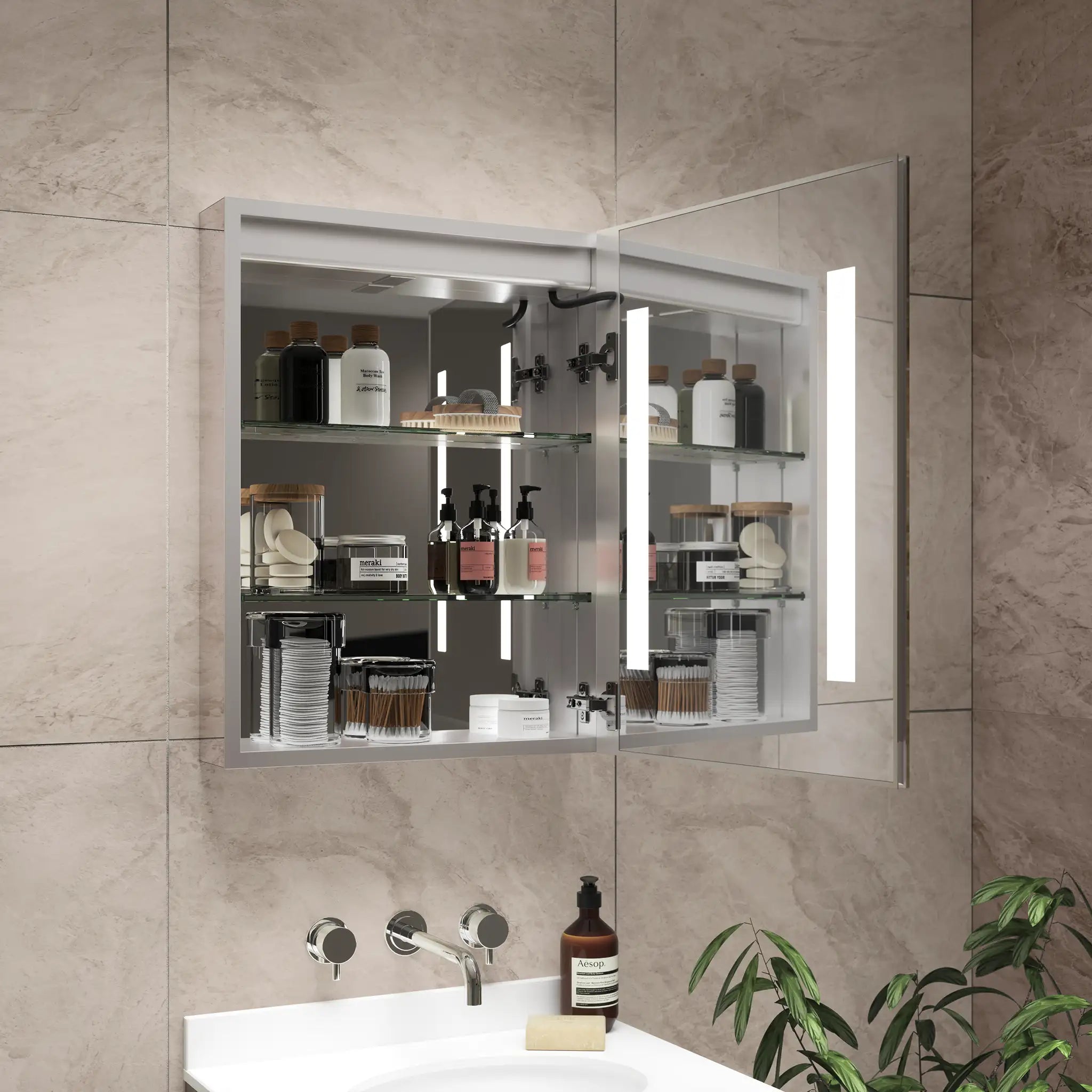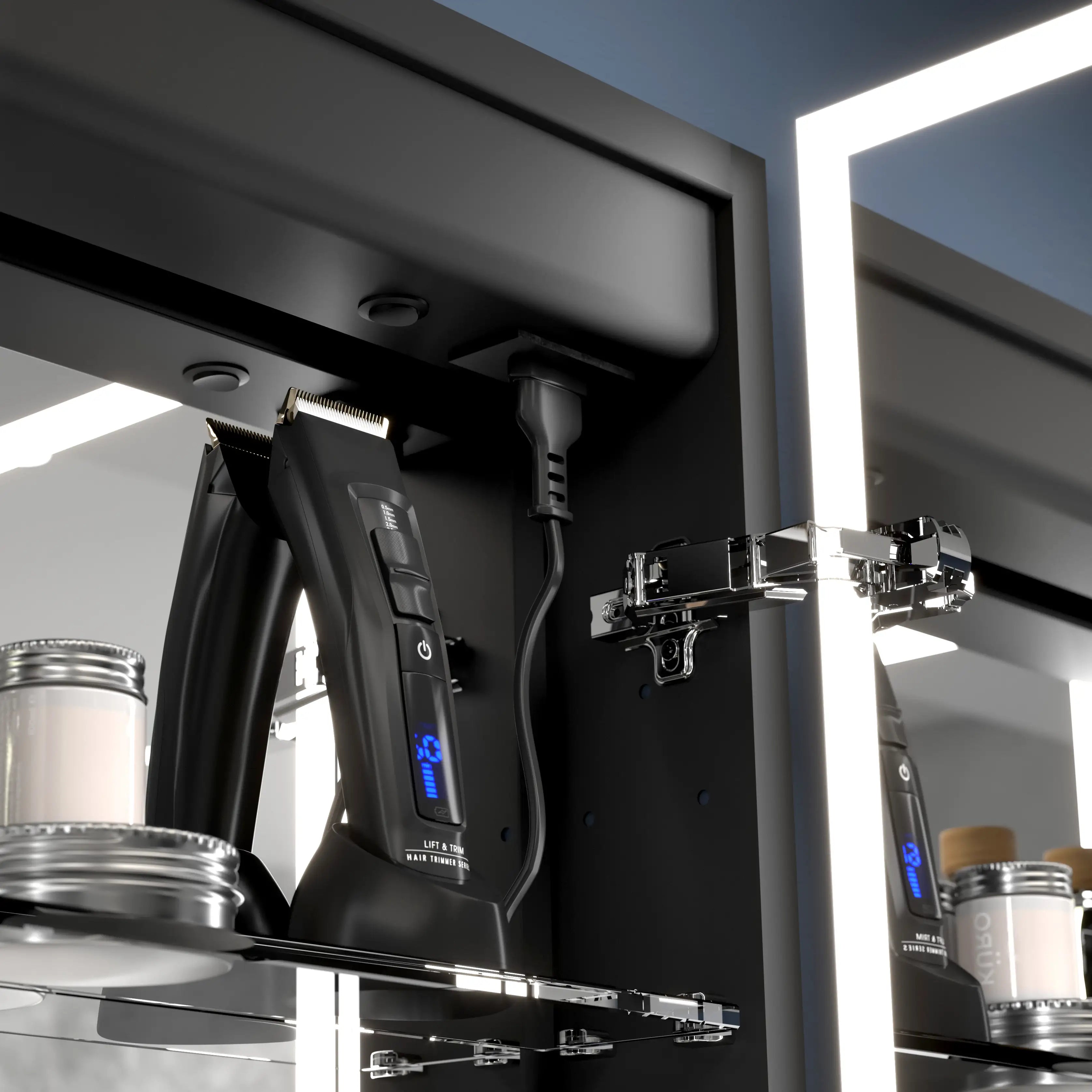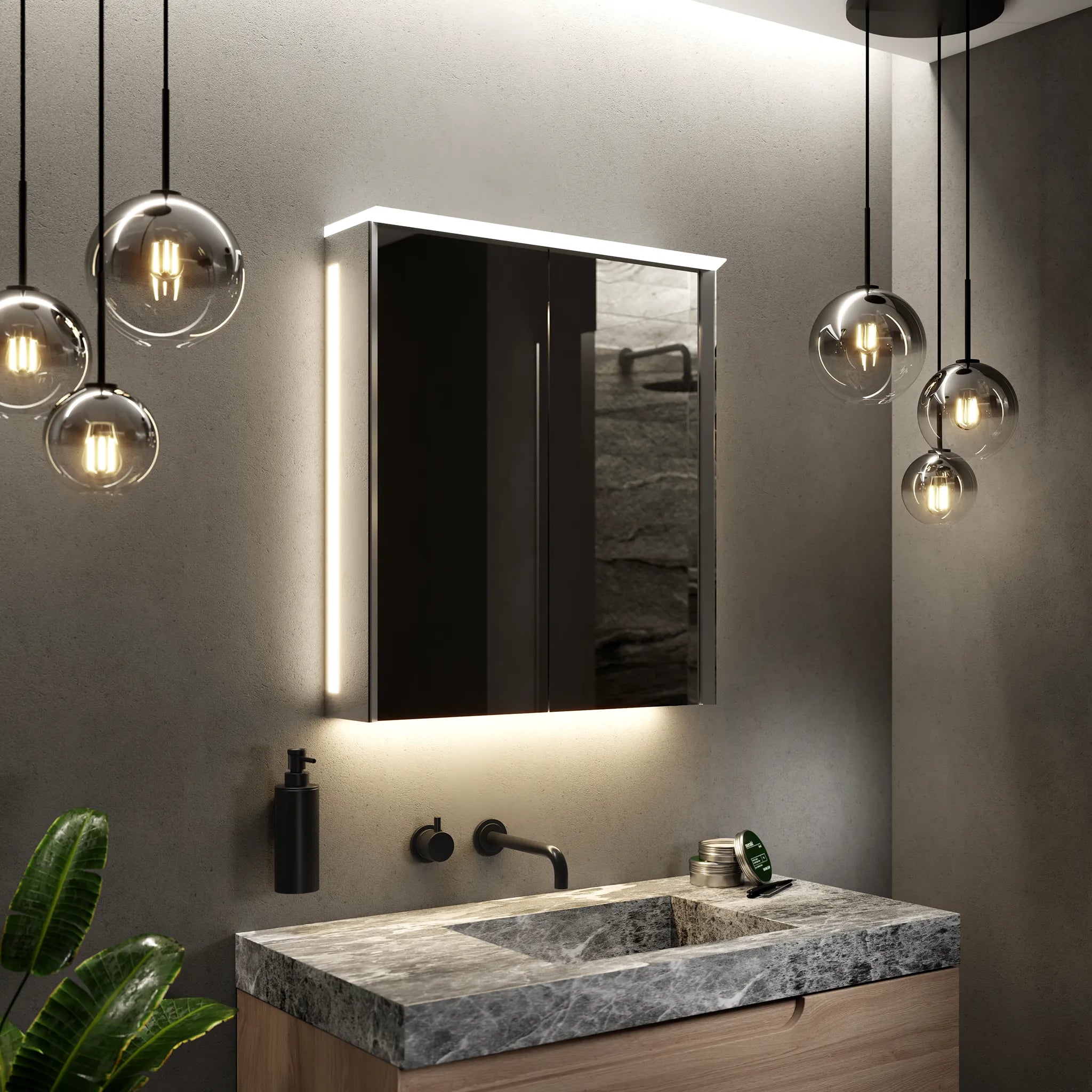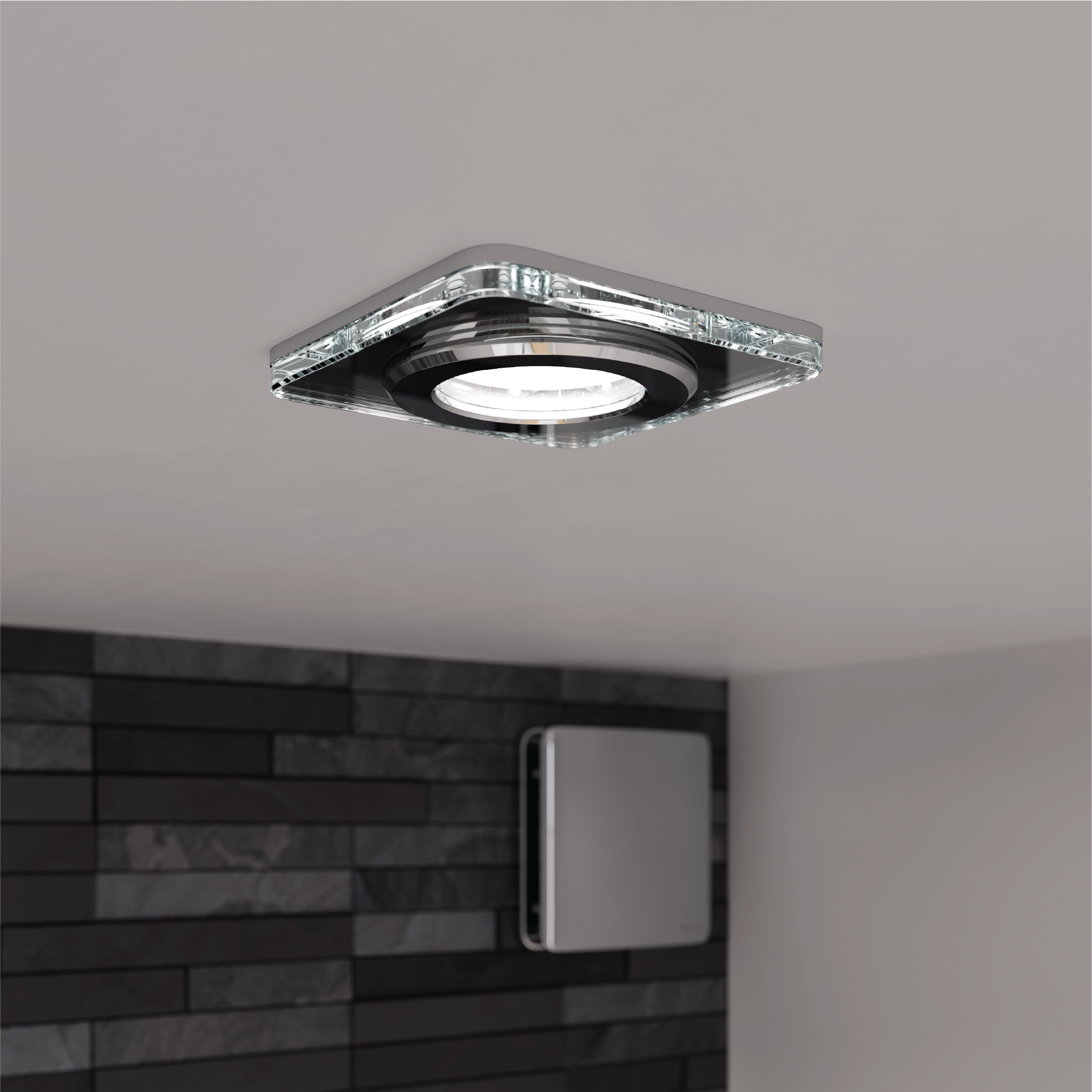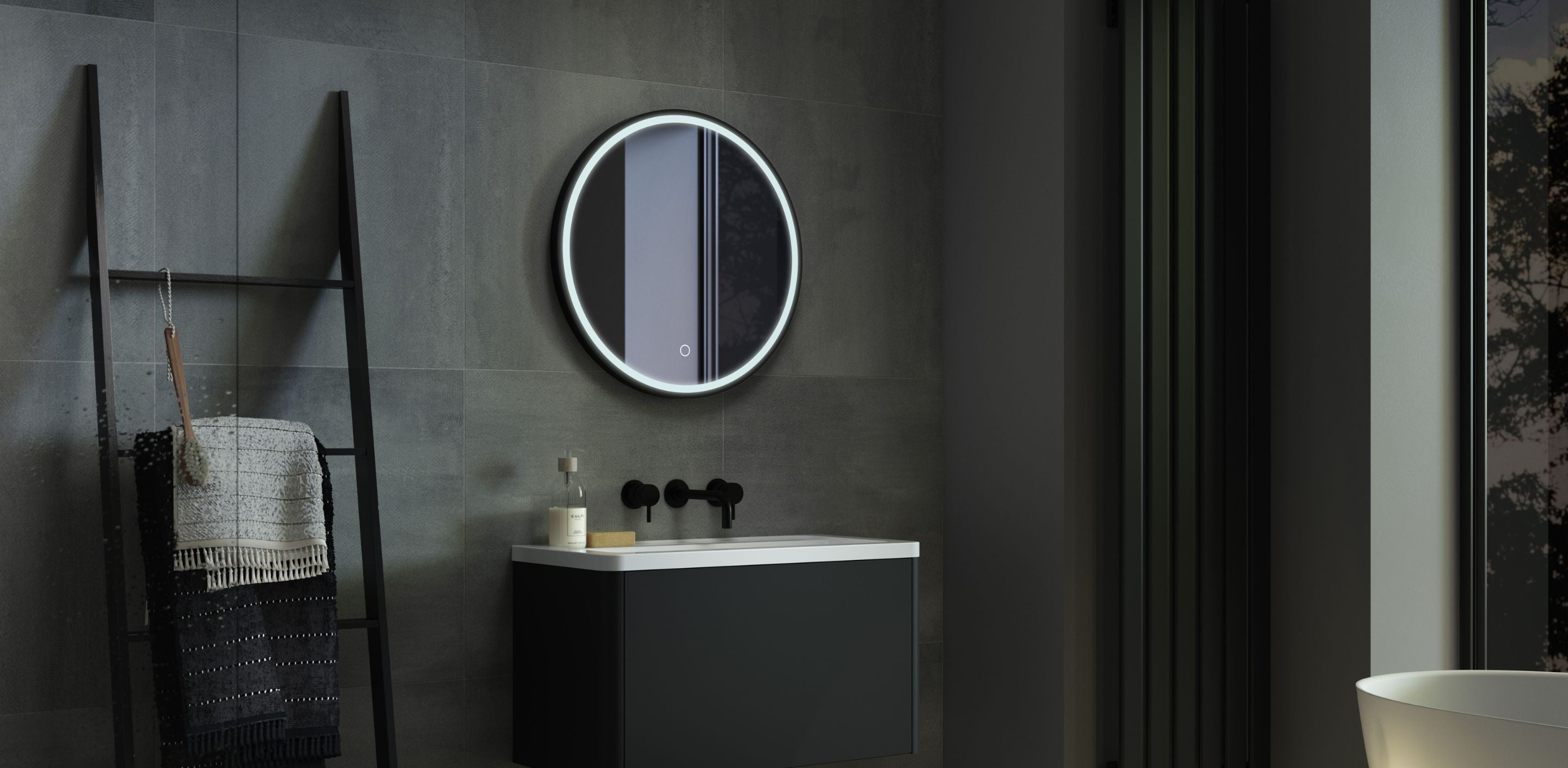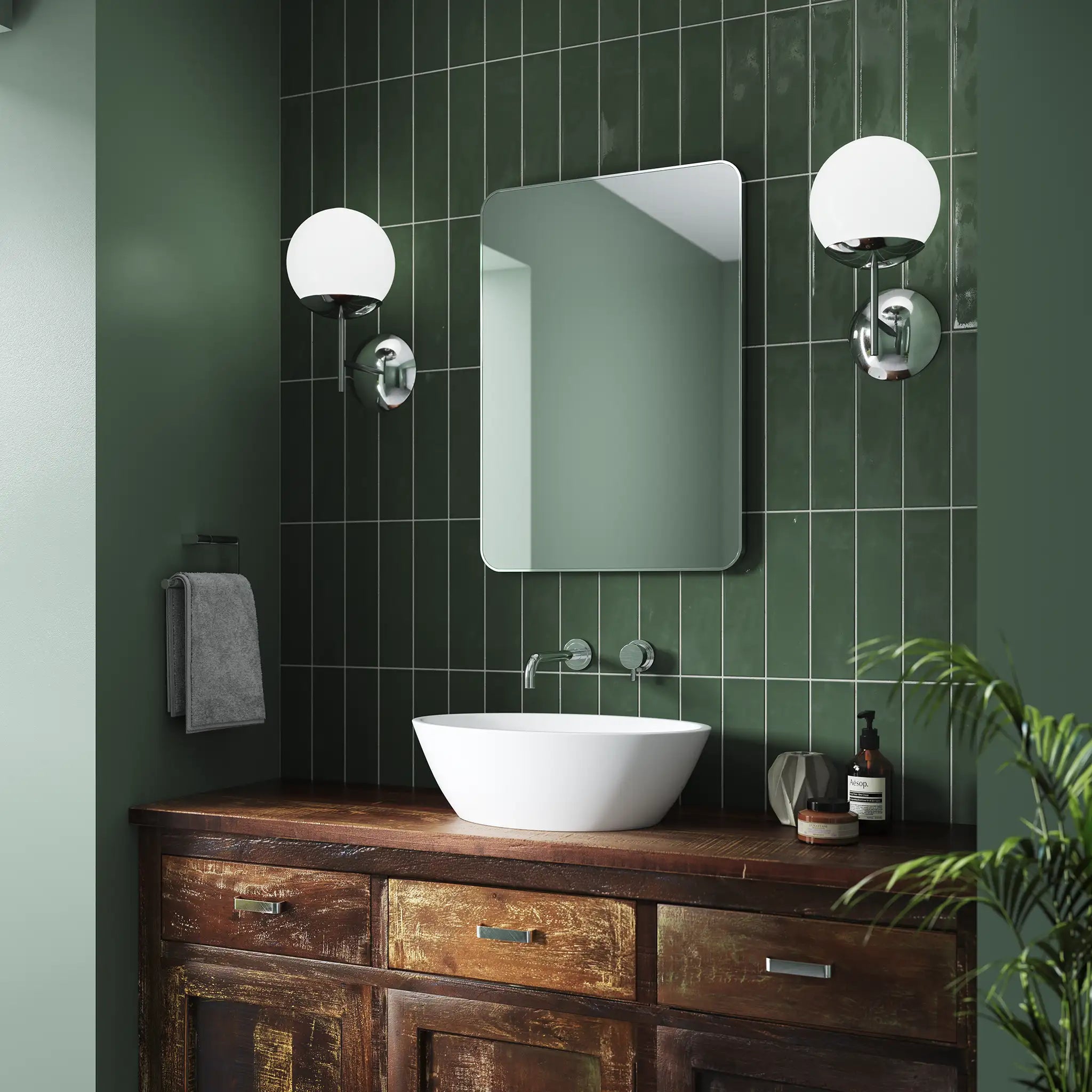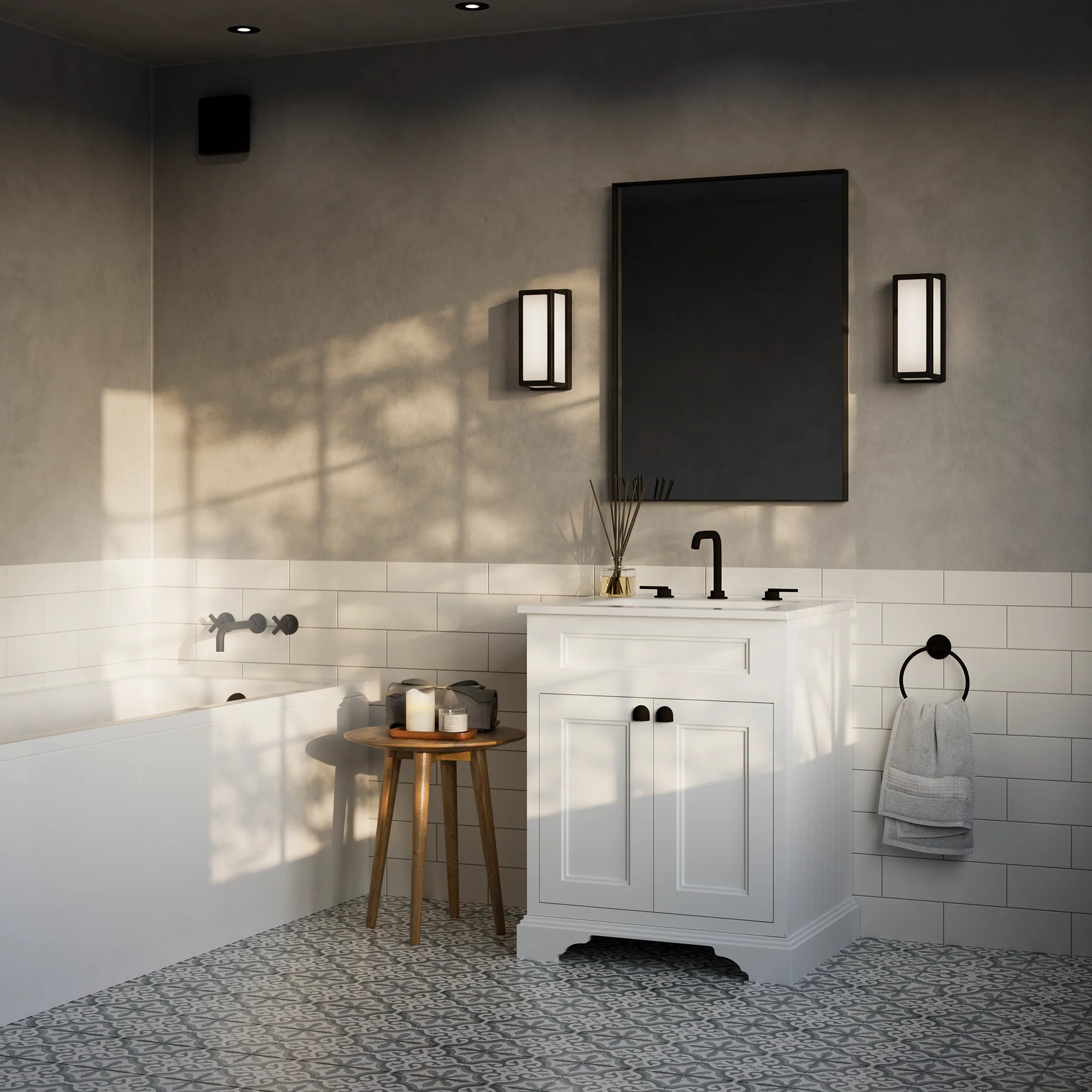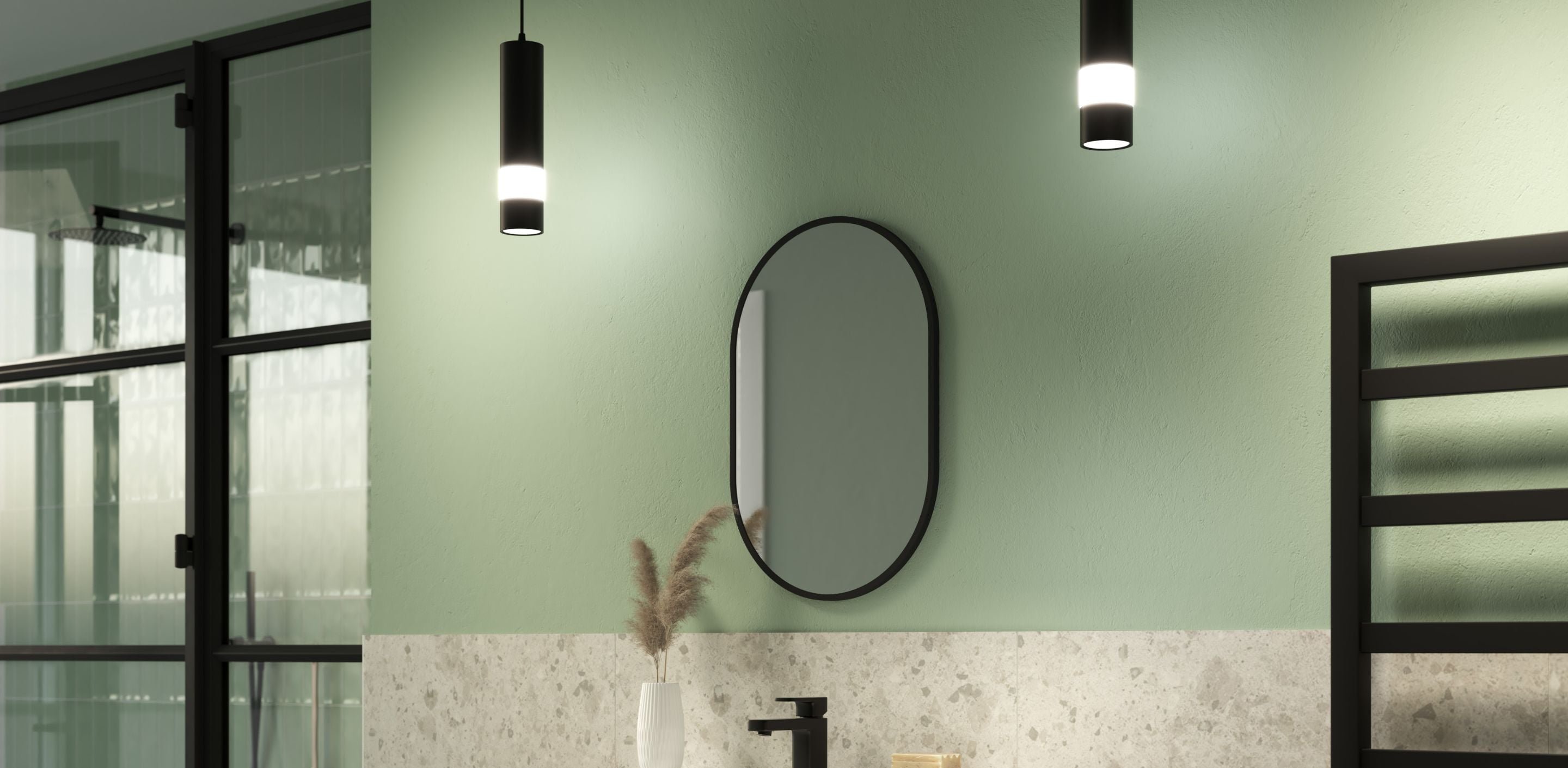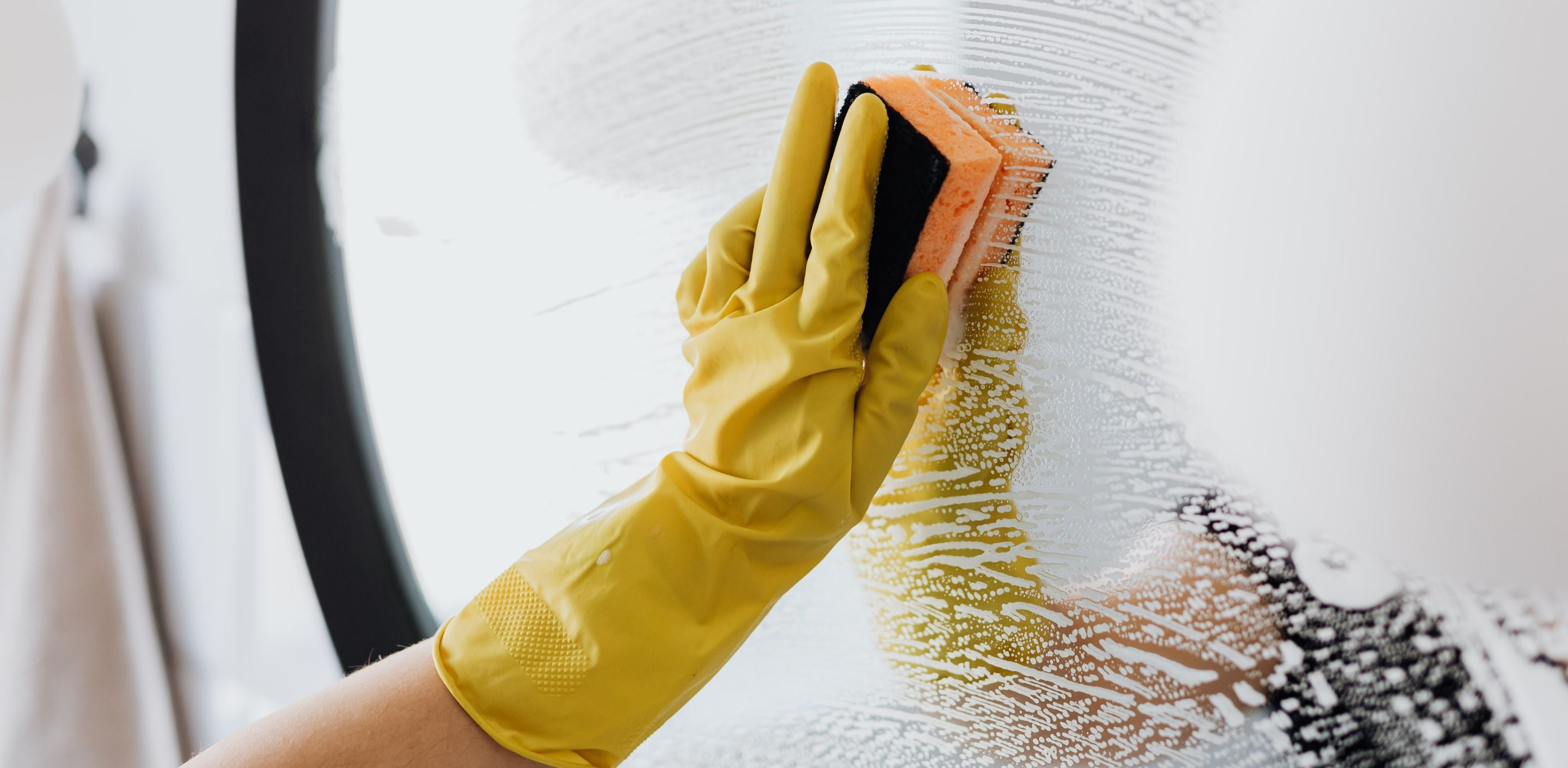What are lumens and, why do we need to know about them? We take a look at the common questions and misconceptions around lumens.
What happened to Watts?
Until recently, we used watts to select bulbs for our homes but, we should have been using lumens! Watts refer to the amount of energy used to power each bulb. However, lumens offer a more accurate way of selecting the correct bulb as they tell us exactly what we need to know - how bright it is. Almost all lighting suppliers will note the lumens value and wattage on their packaging, so you’ll always be able to find out the power behind each bulb. To remain as energy efficient as possible, try to pick a light fitting with low wattage and a high lumen value.
There are two ways in which lumens can be measured - source lumens tell us how bright a light is without any cover or diffuser whereas, delivered lumens tell us how bright a light will be with a cover or diffuser. Most suppliers will use delivered lumens on their packaging as it gives a more accurate reading of how bright a light source will be in your home.
What's difference between Lumens and Kelvins?
Lumens measure the light output and brightness of a light source, whereas kelvins measure the colour temperature of a light source. The temperature scale runs from cool white to warm white. Cool white light (6,000-6,400k) is perfect for precision tasks and gives off a cool white hue whereas, warm white light (3,000 - 4,000k) offers a more relaxing, yellow white. Depending on the room, you may want a specific colour temperature - warm lighting is ideal for the bedroom whereas, cool lighting is perfect for kitchens and bathrooms.
If you cannot decide what colour lighting to choose for your bathroom, then our range of TrioTone downlights or ambient light mirrors would be perfect for you. This lighting allows for transitions between warm and cool white temperatures. Allowing you to see the full spectrum of light temperatures between 3,000 and 6,000k, CCT bulbs mimic outside lighting conditions with precision. Perfect for many homes, these lights allow you to select warm, cool, and natural lighting.
How do you calculate Lumens
The number of lumens you need for your space is dependent on many different factors - the main aspects you should consider are size, room and personal preference. Smaller rooms will need less light whereas, larger spaces will need more lumens to ensure correct light levels across the entire room. To find out how many lumens you need in each space all you need to do is times the square footage by the suggested foot candles. See the table below to find out your suggested foot candles.
However, square footage isn't the only deciding factor on how many lumens you need. Personal preference plays a large part in how many lumens you need for each space - some of us prefer dimmer lighting in the bedroom and brighter lighting in the kitchen. We often need more lighting in areas such as the bathroom as it is a task area yet, we want more subdued lighting in the lounge where we relax. The time of day also plays an important role in lighting. Your body needs warmer soft lights in the evening to help induce sleep and bright daylight in the morning to help you feel awake. Dimmer switches are a great addition to any space as they allow you to control the luminance of the glow. Therefore, you can select a brighter light output in the morning and a darker output in the evening.
How many Lumens do I need in the bathroom?
We’d recommend a total bathroom lumen output of 1500-2000 - this includes both ceiling lighting and additional lighting around task areas. How you split the total lumen output is up to you but, we would suggest a low lumen output for ceiling lighting and a higher lumen output around your sink or vanity. Additional lighting around task areas ensures precision when shaving or applying make-up. The type of lighting in these areas will be specific to your bathroom – you may choose overhead lighting, wall lighting or an illuminated mirror. In terms of colour temperature, a mixture of cool and warm lighting is optimal. Warm white downlights will create a relaxing and inviting atmosphere whereas, a cool white LED mirror perfectly illuminates your face for clarity.
All our LED mirrors and cabinets have their lumens listed on each product page. This is the best way to measure how bright your mirror will be, as all our mirrors use LEDs, which are naturally very energy-efficient, so the positive correlation between traditional watts and brightness (like fluorescent bulbs) does not apply when buying an LED product.


